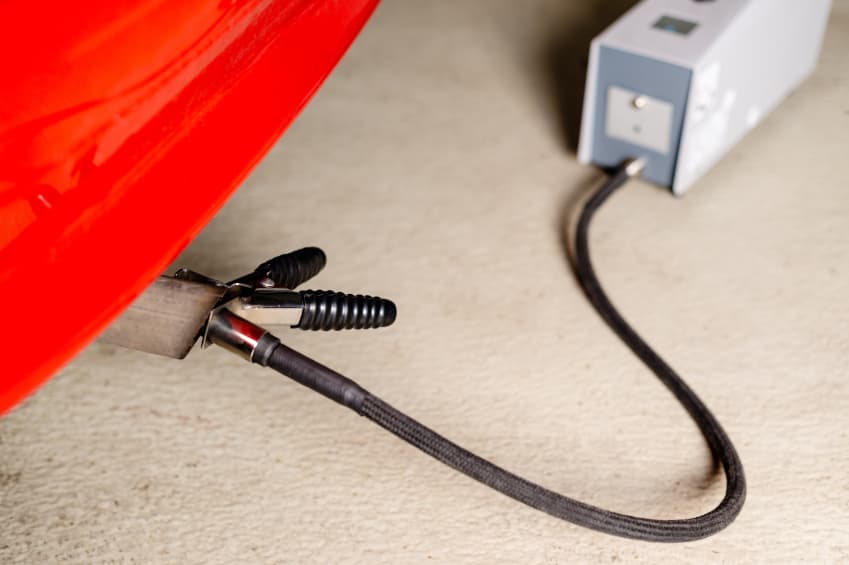
November 17, 2017
Where is the Temperature Sensor on a Car?
The vehicles of today are all pretty smart. They come equipped with sensors and gauges to help alert owners to potential problems or maintenance needs. One of the most important of these sensors—and perhaps one of the most overlooked—is the coolant temperature sensor, sometimes abbreviated as the CTS. But what does this sensor do, and why does it matter?
It’s actually pretty simple: The CTS detects when your engine is overheating, or the temperature within the system starts rising for some reason. It provides an urgent alert that things are getting a little too hot under the hood, prompting the driver to take quick action.
How the Temperature Sensor Works (CTS)
The CTS is what mechanics might call a thermistor. What this means is that it works on the principle of potential difference in temperature. If the temperature of the engine changes, the potential difference output of the CTS also changes and is measured by the engine control unit. As the temperature rises, the resistance of the vehicle’s coolant decreases, thereby increasing the potential difference output. This may all sound rather technical, but what it boils down to is this: The temperature sensor is constantly monitoring the fluctuations in the coolant resistance, allowing it to alert your vehicle dashboard when there is a potential overheating issue.
Where is the Engine Coolant Temperature Sensor Located?
But where in your vehicle is this important sensor actually located? It depends, just on the basis of your vehicle manufacturer. Most of the time it is close to the thermostat of the cooling system, or in some cases even inside of it.
Note: Some engines may actually have a pair of sensors—one sending information from the engine to the control unit, the other sending information from the control unit to the dash. This is less common these days, but two-sensor cars certainly still exist.
When the Sensor Goes Bad
As with any part of the vehicle, the coolant sensor is not made to last forever. Simple wear and tear can sometimes cause a sensor to go bad.
Some of the symptoms of this include:
- Your vehicle starts using more gasoline than usual.
- You notice black smoke coming from your exhaust pipe.
- You have difficulty starting your engine, even after allowing it to cool down to a normal operating temperature.
- Your vehicle is overheating frequently.
- You see the telltale signs of leaking coolant on the ground where your car was just parked.
Note that, in most cars, a problem with the sensor will trigger a Check Engine Light, notifying you to take your car in for an inspection. Bring your vehicle into your local Meineke Car Care Center and a certified technician will be able to evaluate and diagnose the problem.
If it does turn out to be the sensor, you’ll want to have it replaced immediately. Thankfully, this is a standard procedure. Having a new sensor installed—and, if necessary, fixing the coolant leak—can generally get you right back on the road. Make your appointment with us today, and get to the bottom of your potential sensor issue!



